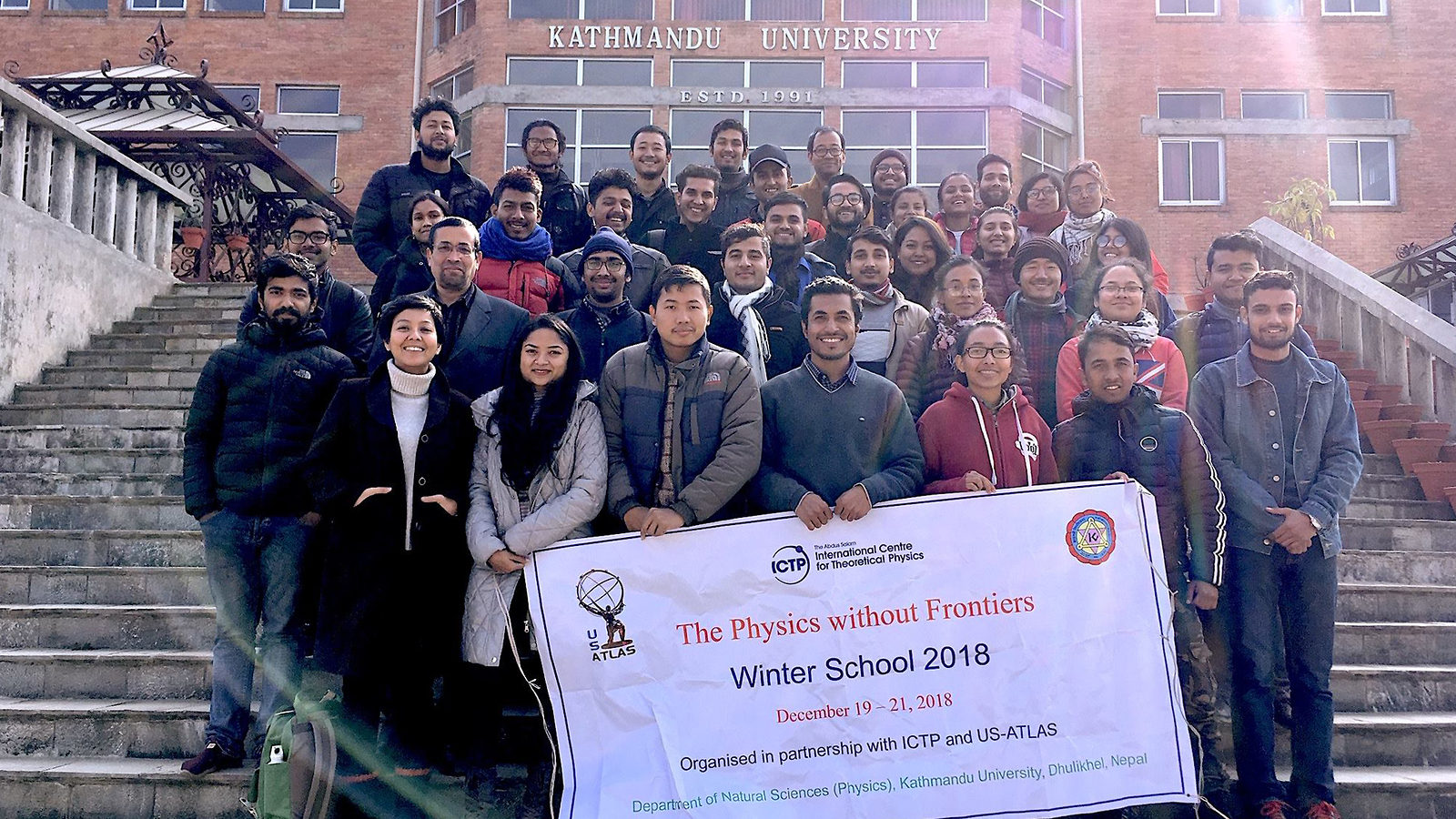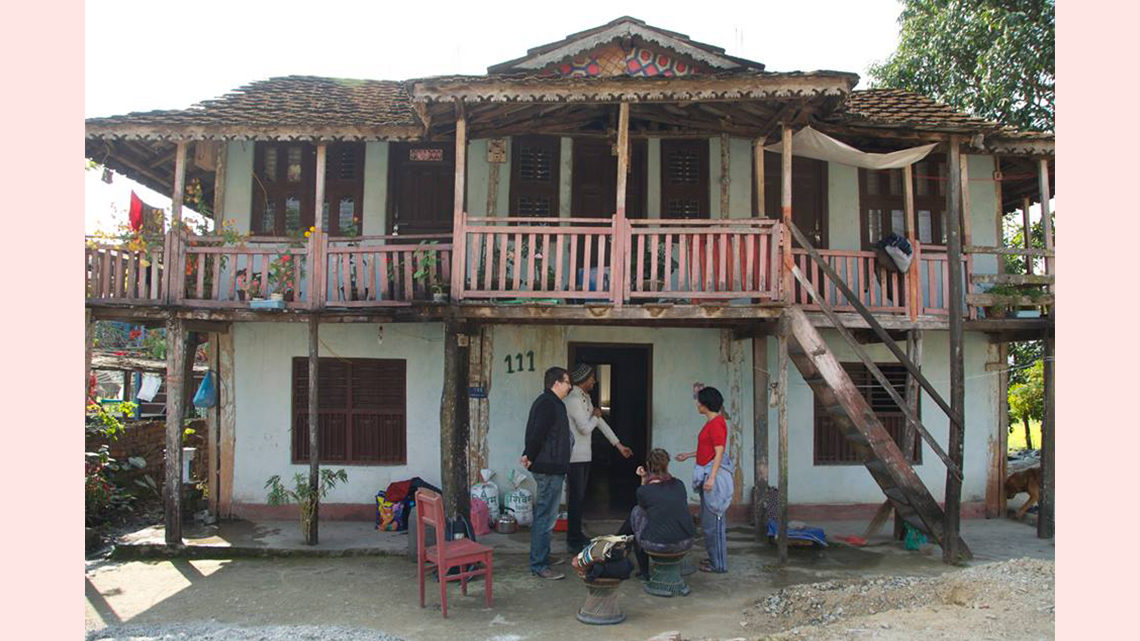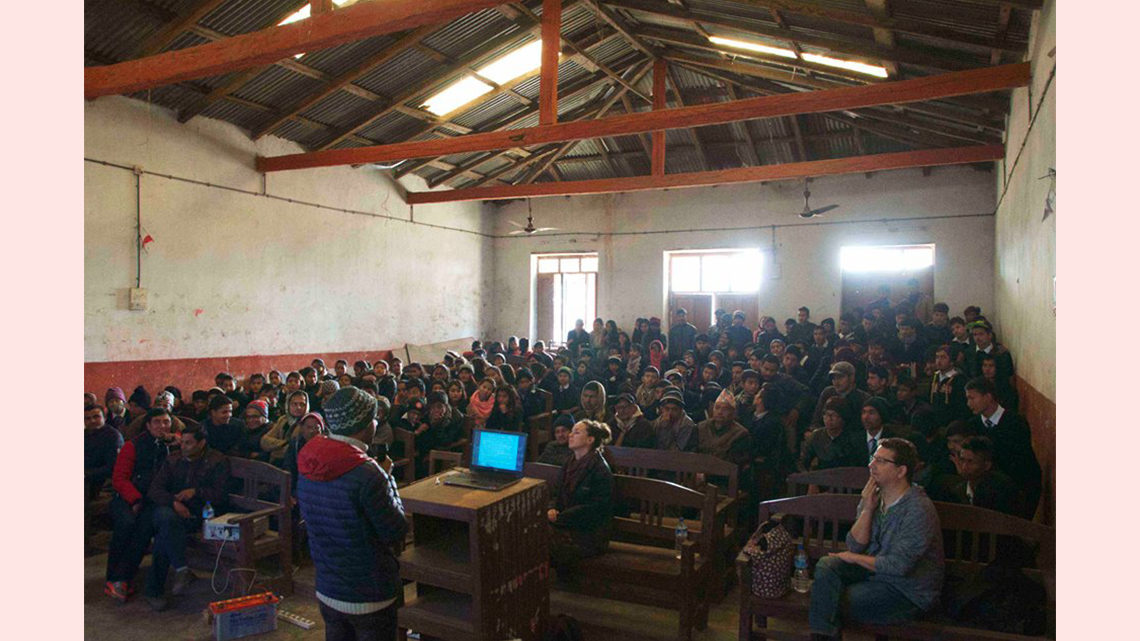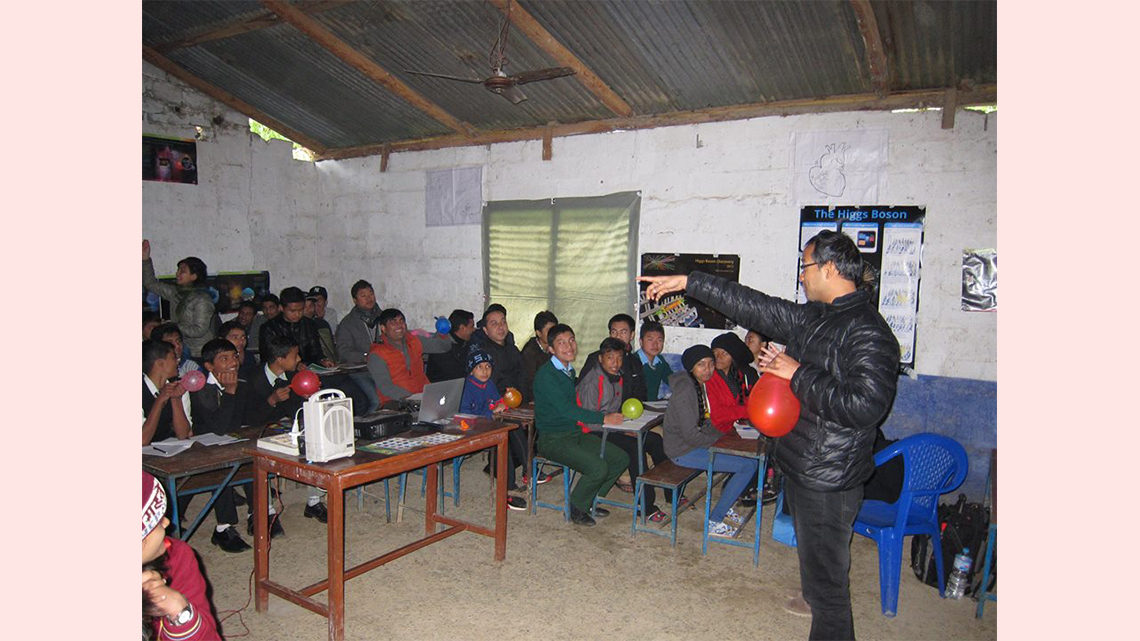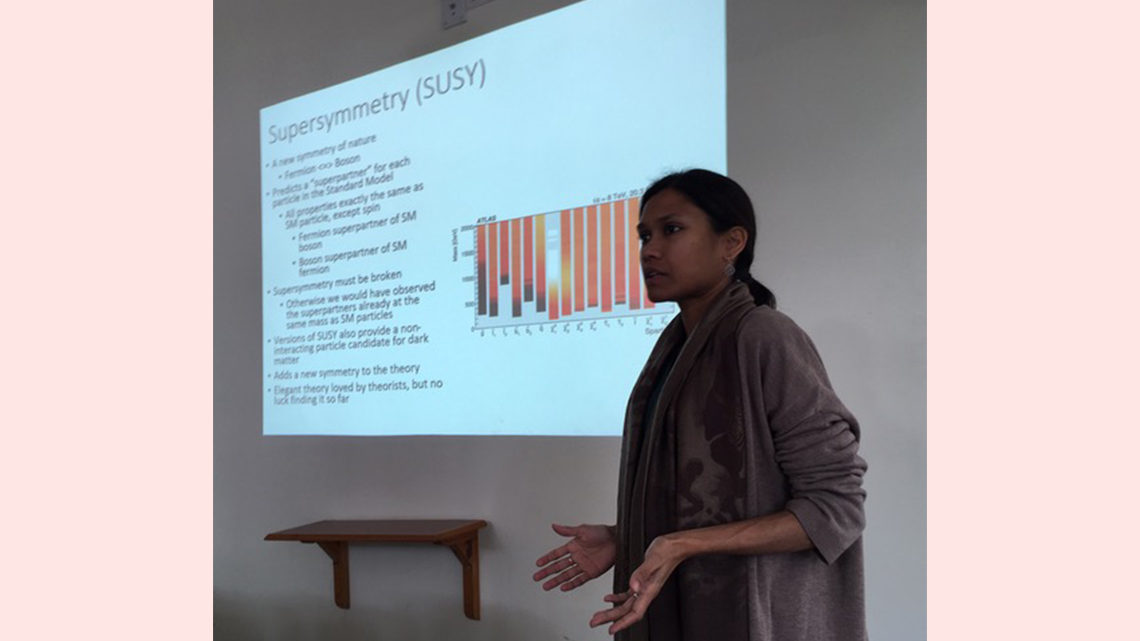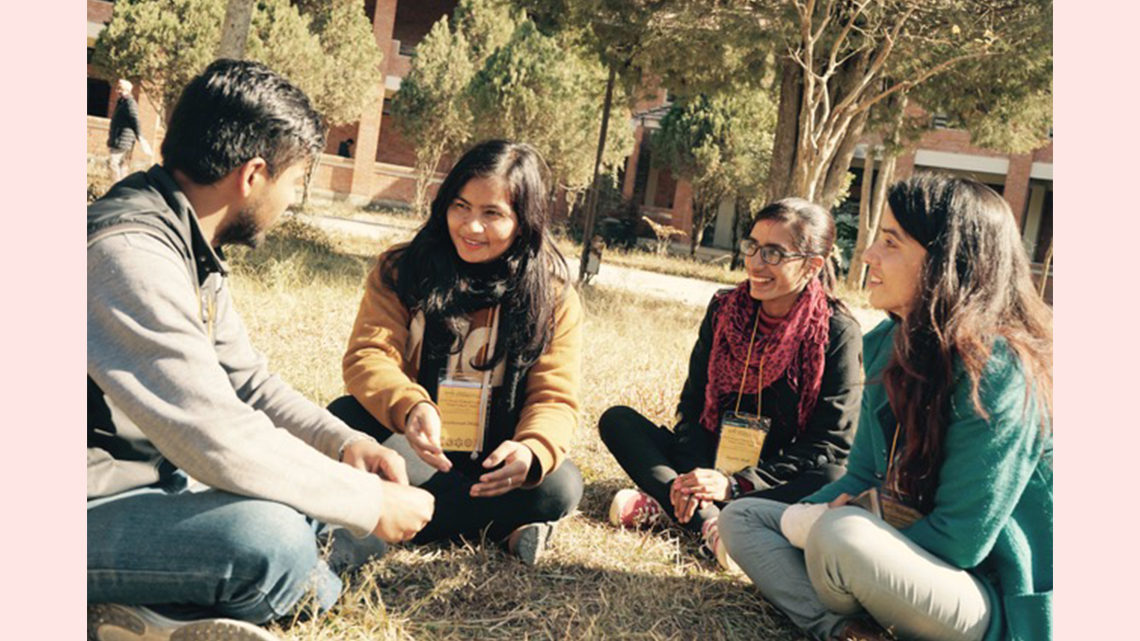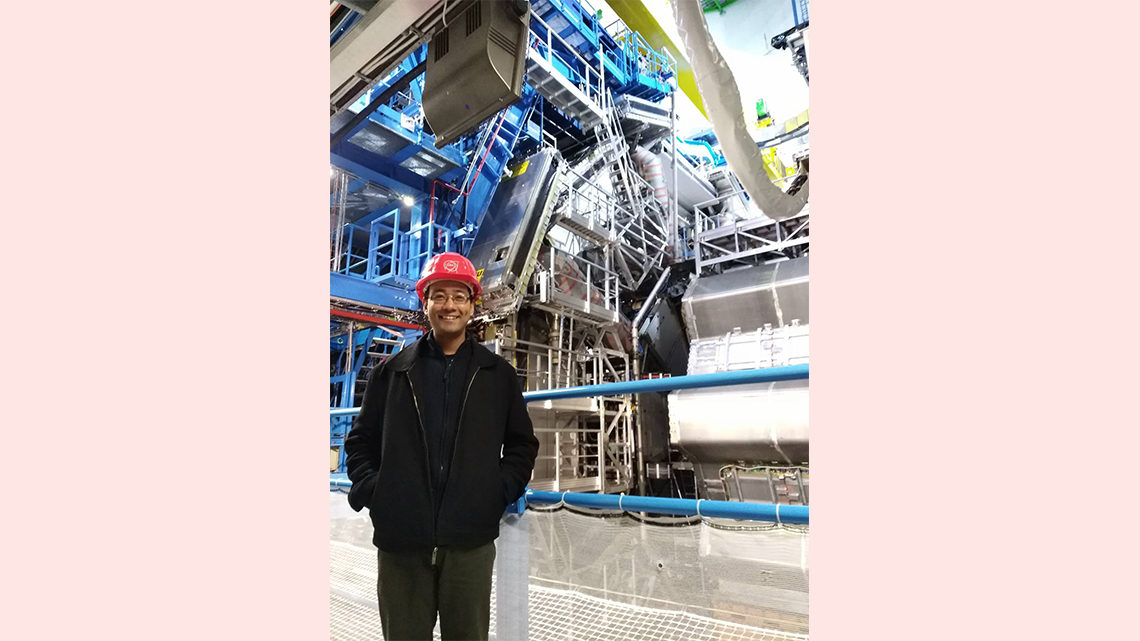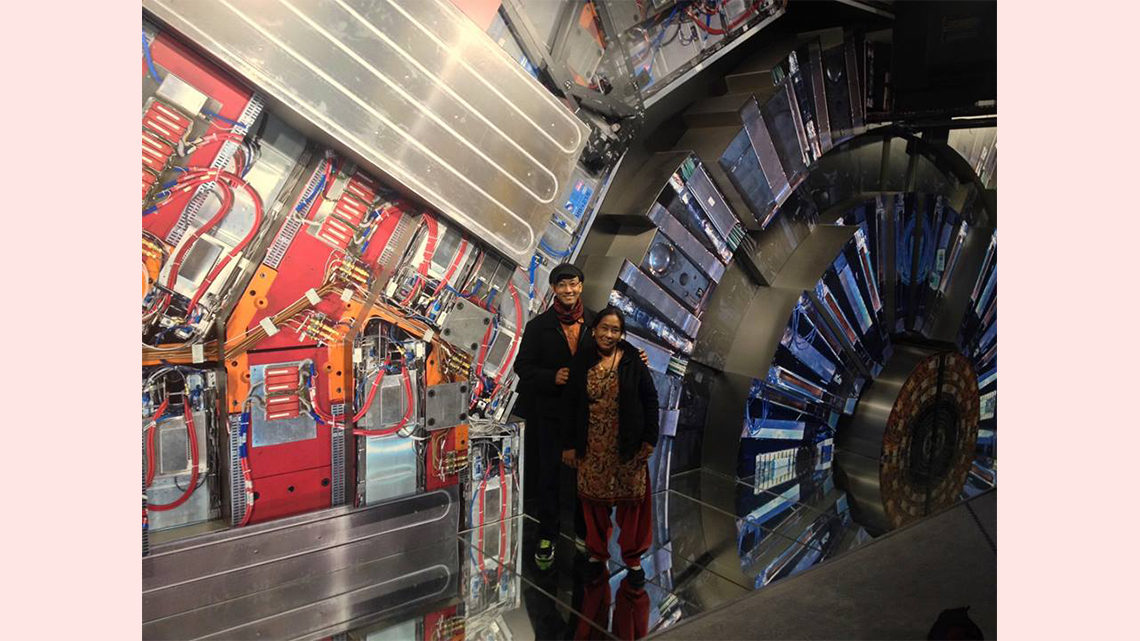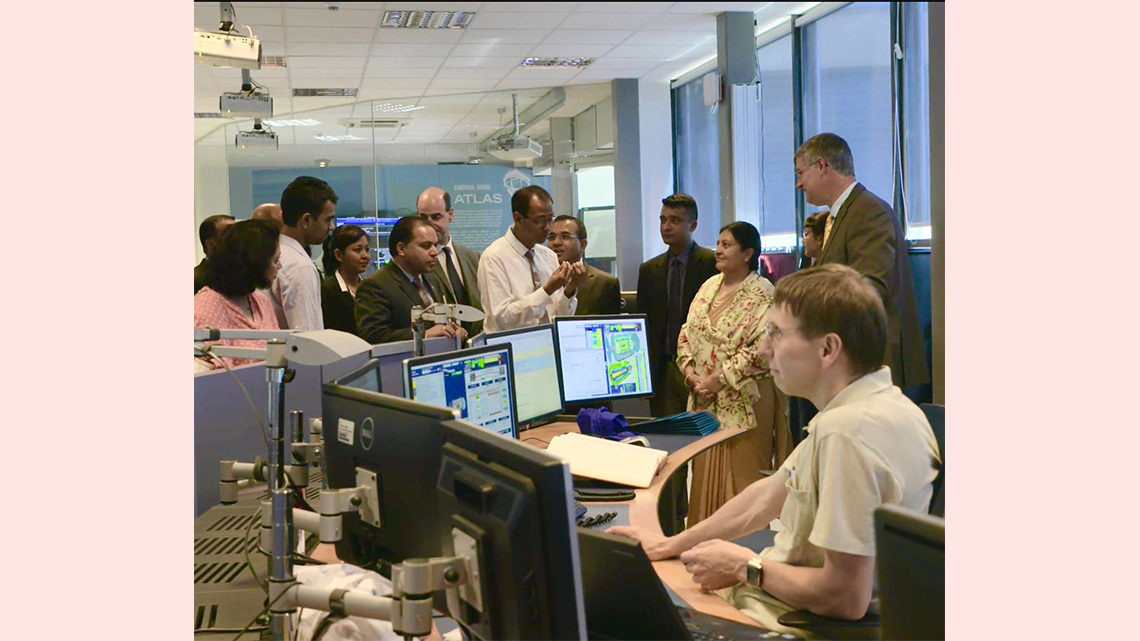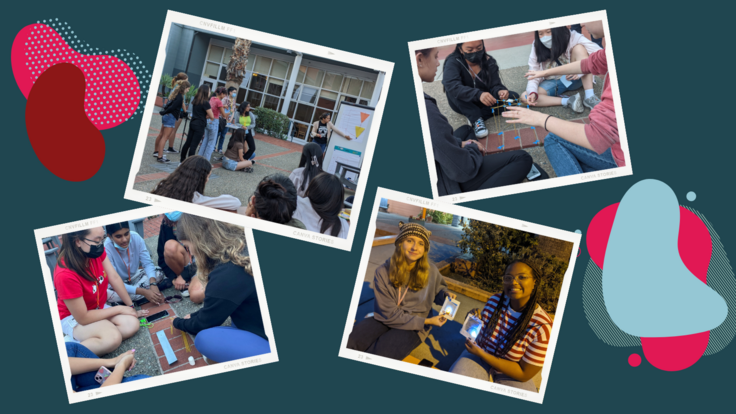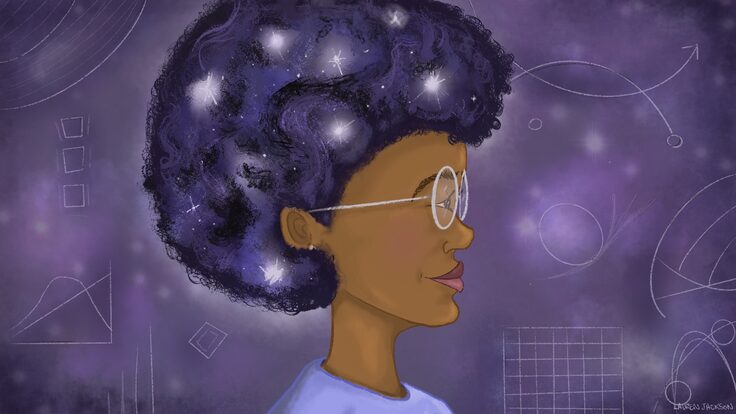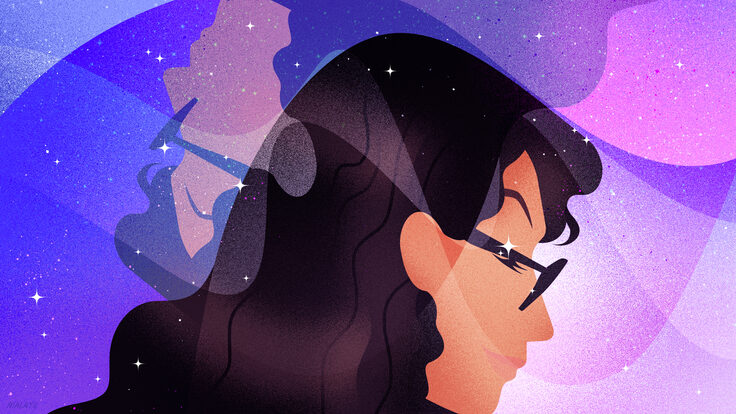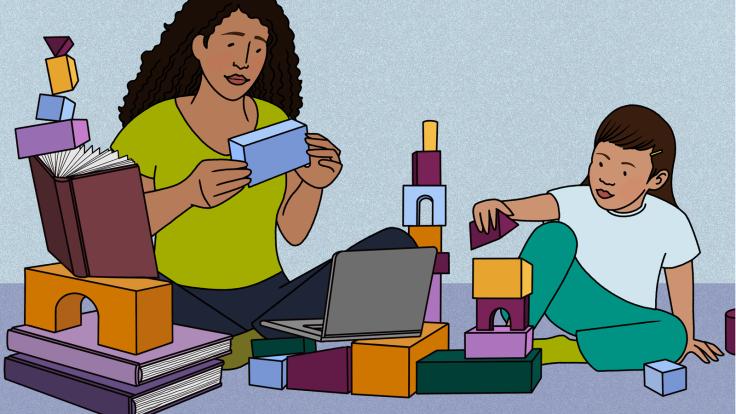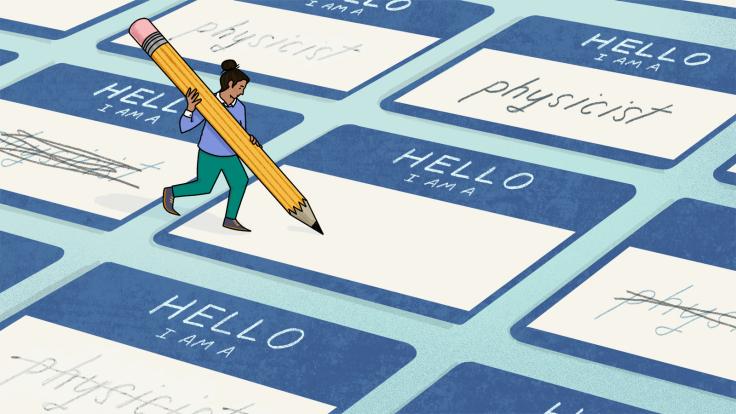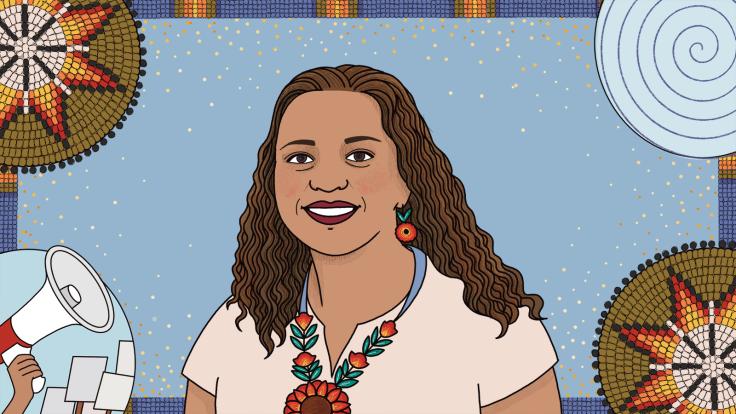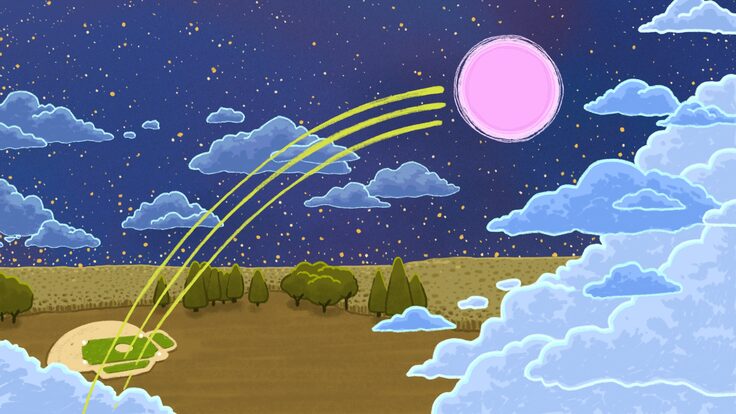When Ohio State University physicist Suyog Shrestha recalls his earliest memories, he sees kerosene lamps. His family’s ancestral home in Sindhuli, Nepal didn’t have electricity. Transport trucks could access the village only after the monsoon season, when the riverbank dried and became an impromptu road.
This is how Shrestha commuted between his family home and the city where he studied and lived during the school year. “We’d climb on the trucks and sit on top of cargo sacks,” he says. “It was about three hours to the main road and then six more hours on the bus.”
Since that time, Nepal has changed dramatically. Sindhuli is now accessible by a major highway and has access to both electricity and internet (slow internet, Shrestha clarifies, but it’s a change nonetheless). Shrestha’s life has also evolved—he’s no longer riding sugar trucks to school, but is a particle physicist working on the ATLAS experiment at CERN.
Like many students in Nepal, Shrestha moved abroad to pursue the best higher education opportunities. Now, he and his colleagues are using their unique experiences working at CERN to bring some of these opportunities back to his home country.
Shrestha describes himself as “starving for knowledge,” a characteristic that bloomed at a young age. His parents were passionate about education, and he says in his family there was an implicit understanding that he would one day become a doctor or an engineer.
“Doctors and engineers are always needed,” Shrestha says. “Back then, there were a handful of highly prestigious and selective institutes for these professions in Nepal.”
His father’s job as a government clerk took his parents to different districts around Nepal, so Shrestha was jointly raised by his grandma. He remembers reading Russian literature and biographies of famous physicists as a teenager and being frustrated that the library didn’t have more books. He also recalls feeling unsettled when answers to scientific questions made him rethink his understanding of the world, such as the first time he heard from his friend’s older brother about quarks.
“It really bothered me,” he says. “I had this nice picture of what an atom looked like, and now suddenly there was something smaller inside protons and neutrons. I thought, if that’s the case, then how do we know there isn’t something smaller than quarks?”
Shrestha wanted to study physics, but the few physics programs in Nepal didn’t have strong research components, so he opted for engineering instead. In the back of his mind, he had always dreamed of going to college in the United States, a place he had seen in postcards and romanticized since he was young.
“I guess you could call it the Hollywood effect,” Shrestha says. “My image of a scientist was either European or American, like Feynman, Weinberg and Gell-Mann.”
After being admitted to Nepal’s premier engineering school, Shrestha decided to drastically change course. A few weeks before his classes were about to start, he withdrew his acceptance and registered for the SAT exam instead.
“Looking back, I probably shouldn’t have risked it,” he says. “Not only did I need to be accepted by an American college, but I needed to have my student visa application approved by the US Embassy in Nepal. Only a fraction of student visa applications are approved.”
Shrestha’s application made the cut. In 2002, Shrestha left the subtropical Himalayan foothills and arrived at Grinnell College, a small liberal arts school in central Iowa. He said it was magical.
“In the four years I was there, I don’t ever remember being bored,” he says. “They had the biggest library I had ever seen, and I had classmates from all over the world. I socialized all the time.”
At the end of his undergraduate program, he taught high school math in Minnesota for a year before starting a graduate program at Iowa State University with advisor Jim Cochran, one of the US program directors for the high-energy physics group working on the ATLAS experiment at the Large Hadron Collider. His research focused on searching for heavy quarks.
“It was really exciting,” Shrestha says. “I was looking for new laws of physics and going into territory that had not been charted before.”
It was also challenging. During his first year of graduate school, Shrestha got a call from his uncle telling him that his father had died.
“I was really shocked,” Shrestha says. “He had been sick for several years, but he had recovered fairly well. He had always wanted me to become a doctor, and now he wouldn’t be able to see me graduate. It made me think: What is the point of everything I’m doing?”
Shrestha immediately left Iowa to make his way back to Nepal to see his family. By now, many of his friends, classmates and relatives had also left Nepal, and the community he returned to was much smaller than what he had left behind.
“My friends from growing up also lived in the US,” he says. “We’d see each other when we went back to visit our families in Nepal. But we didn’t live there anymore.”
Around this time Shrestha and his Nepali colleagues in the US started to think about how they could bring more opportunities to Nepal. They created a non-profit that raised money to renovate schools, establish libraries, and launch computer literacy campaigns.
“I never lost my connection with Nepal,” he says. “It still feels like my home and is still very meaningful to me. I want to be useful—I have this need to be needed.”
In 2006, his connection with Nepal had led him to another connection, with journalist Abha Eli Phoboo. He was familiar with her articles in major Nepali newspapers and remembered her from quiz competitions they both had attended while in high school. Phoboo had also moved to the US to study, and the two became close after connecting through a mutual friend over Facebook.
In 2011, Shrestha came to CERN to continue his research on the ATLAS experiment. Six months later Phoboo also came to CERN and started working with ATLAS’s Education and Outreach group.
As a member of that group, Phoboo quickly learned about the educational resources available for students, such as International Masterclasses, a program in which physicists teach students and teachers how LHC data is analyzed.
“I left because the academic programs I wanted to pursue weren’t available in Nepal,” she says. “And when I arrived here at CERN, there are so many resources and tools developed for students and teachers. There just needed to be someone to make the connection.”
In 2013, Phoboo emailed several universities in Nepal to see if there was any interest in an informal guest lecture about particle physics. Kathmandu University responded positively.
“We were going back to Nepal anyway to visit our families,” Phoboo says. “It was a pilot test to see if there was interest. We wanted to find out: Is this worth it?”
Phoboo sat at the back of the lecture hall and observed as Shrestha ran a mini-course on particle physics. The room was full, and the discussion was lively.
“There was a lot of interest and enthusiasm,” Shrestha says, “so we kept going back year after year.”
The next year, Shrestha, Phoboo and two more colleagues on ATLAS organized the first official Masterclass in Nepal through Physics Without Frontiers, an International Centre for Theoretical Physics project in partnership with CERN. They also traveled to three different districts in Nepal and gave lectures and workshops for teachers and high school students. They organized public screenings of the documentary Particle Fever, about the discovery of the Higgs boson, and connected with teachers and students at local high schools.
Since 2013, five Nepali summer students have followed them to CERN to do research. (Three of them are currently in physics graduate programs and the other two are in the application process.) A Nepali master’s student completed a research thesis in Nepal using data from the ATLAS experiment with remote supervision from Shrestha at CERN. Three high school teachers have come to CERN to participate in the international teacher’s program, and another teacher and undergraduate student are coming to CERN this summer.
For Shrestha, running these education and outreach programs reignites the spark which originally drove him to start his journey into physics 15 years ago, he says. “I’m more motivated when I come back,” he says. “Their enthusiasm inspires me.”
Abha says she feels a deep empathy with the students. “If you’ve known hunger and you have access to a lot of food, you want to share. It’s the same with knowledge,” Phoboo says. “We have the knowledge; we have the resources; we have the tools. We just need to make it more accessible because people like those in Nepal don’t know it exists and is available for them too.”
In addition to making the research at CERN more accessible to students and teachers in Nepal, Shrestha and Phoboo wanted Nepali scientists to have access to their own scientific infrastructure without needing to seek out resources in foreign countries.
“In the past, if Nepali researchers wanted to process a large data set, they would need to pack all of their tapes into a suitcase and fly to some place like Korea,” Shrestha says. “There just wasn’t enough computing infrastructure in Nepal to do it locally.”
After reading an article in the CERN Bulletin about a computer donation to Morocco, Shrestha and Phoboo wanted to do something similar for Nepal. “CERN has a large computing infrastructure and regularly replaces older machines,” Shrestha says. “These older machines are still incredibly powerful.”
After several years of coordinating with the Nepali government, CERN, and scientific contacts at Kathmandu University and Tribhuvan University, in 2017 Nepal and CERN signed an international cooperation agreement that formalized their collaboration.
The following year, roughly 200 computer servers from CERN arrived in Nepal. They became Nepal's most powerful High-Performance Computing Center, a facility overseen and operated by physicists and engineers at Kathmandu University. The computers are being used to train students and researchers from various disciplines and will eventually be used to store health data for Dhulikhel Hospital.
Phoboo and Shrestha have watched Nepal change dramatically over the last three decades. They lived through the civil war and watched as the king was overthrown and replaced with a more progressive government. They have also changed: Shrestha received his PhD in 2014 and is now a postdoctoral researcher with OSU. Phoboo is a Fellow in the CERN Press Office and helps journalists from around the world connect with the European research center.
They have friends and family who had to make the same choice as them: education and career, or home and family. They say they hope that by bringing more powerful tools and cutting-edge research to Nepal, they can help Nepal lay foundations for scientific and technological advancement. And then perhaps one day, students in Nepal can choose to study abroad because they want to—not because they have to.



